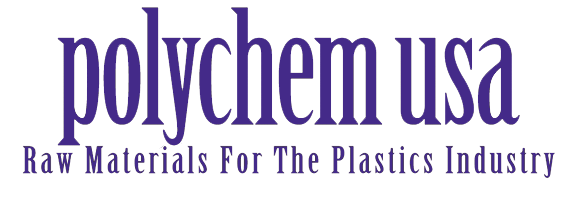Engel Demos How Digitalization Can Slash Energy Consumption in Injection Molding
Digital solutions are making it easy to maximize the full potential of production cells. They deliver a major contribution in terms of saving energy and cutting carbon footprints. At the Swiss Plastics Expo 2023 event, which will take place in Lucerne, Switzerland, on Jan. 17 to 19, Engel will show how this works by running an all-electric, efficiency-optimized injection molding machine at stand A 1001 in hall 1.
When all components in a production cell — from the injection molding machine to temperature control and digital assistance systems — are coordinated to the precise requirements of the product being manufactured and work together in complete harmony, energy savings of up to 67% are achievable, according to Engel. At the Swiss Plastics Expo, Engel will demonstrate the concept by producing a PBT connector for vehicle electronics. At the show, the 800-kN all-electric Engel e-mac injection machine will be equipped with a four-cavity mold, with a total shot weight of 28 grams. An Engel viper linear robot will demold the components and place them on the integrated conveyor belt.
Constant temperature conditions
The production cell consumes only 0.8 kWh of electricity to process one kilogram of PBT. The all-electric drives of the e‑mac machine contribute to this high degree of energy efficiency, which is enhanced still further via integrated temperature control technology.
Mold temperature control is responsible for almost 40% of the total energy consumption of a production cell, making it the greatest energy consumer in the injection molding process. With this in mind, Engel has devoted more than a decade to temperature control in injection molding, building up its own product range. Accordingly, the e‑mac 80 on show at the Swiss Plastics Expo will be equipped with e-flomo, e‑temp, and iQ flow control.
|
Image courtesy of Engel
 |
| With their delicate structures, connectors for vehicle electronics place high demands on the injection molding process. |
The e-flomo temperature-control water manifold system monitors and regulates flow rate, pressure, temperature, and temperature differences. On the basis of these measurement values, the smart iQ flow control assistance system actively regulates the temperature difference in all individual circuits. This means that the thermal conditions in the mold remain constant at all times, even if there are systemic fluctuations. The result is high repeatability and minimal cooling water and energy consumption, said Engel.
Further, the integration of e-temp temperature control units into the CC300 control unit of the injection molding machine via OPC UA delivers additional energy savings. In the integrated Engel system, the speed of the temperature control water pumps is automatically adapted to match actual demand.
Optimal holding pressure at a click
In addition to iQ flow control, the e-mac machine on display will be equipped with all of the assistance systems available as part of Engel’s inject 4.0 programme. These can be activated and deactivated to enable visitors to the trade show to track functionality live, highlighting the major benefits of specific iQ solutions in terms of the day-to-day challenges of injection molding. Experts from Engel will present various scenarios illustrating such topics as energy efficiency and part quality, even where raw materials are subject to batch fluctuations.
IQ hold control, the new smart assistant for nominal values that determines the ideal holding pressure time, will also be highlighted. Holding pressure time typically is determined empirically, which takes a long time and consumes a lot of raw materials. The iQ hold control system puts an end to this waste. The assistance system analyzes mold breathing and pinpoints the position of the plasticizing screw in order to calculate the ideal holding pressure time and pass this on to the set-up technician.
Holding pressure time is determined objectively, meaning that even less experienced process technicians can adjust the process parameters with just one click in case of a batch change. Further efficiency gains can result from the automatic determination of optimum holding pressure time being lower than the holding pressure time set initially. In these cases, cycle time is reduced and energy use decreases.
Another highlight is the iQ process observer, which keeps track of hundreds of parameters in all four phases of the injection molding process — plasticizing, injection, cooling, and demolding. Through continuous analysis, the iQ process observer enables fast diagnosis of quality variations. The software incorporates intelligent drift detection, which can be used to indicate process changes proactively, thereby keeping the number of rejects under control.
The e-mac is tailored to the needs of the medium performance segment, which is typified by cycle times of four or more seconds. The machines in this series are suited for technical molding applications and the packaging and medical sectors as well as the teletronics industry.

Leave a Reply